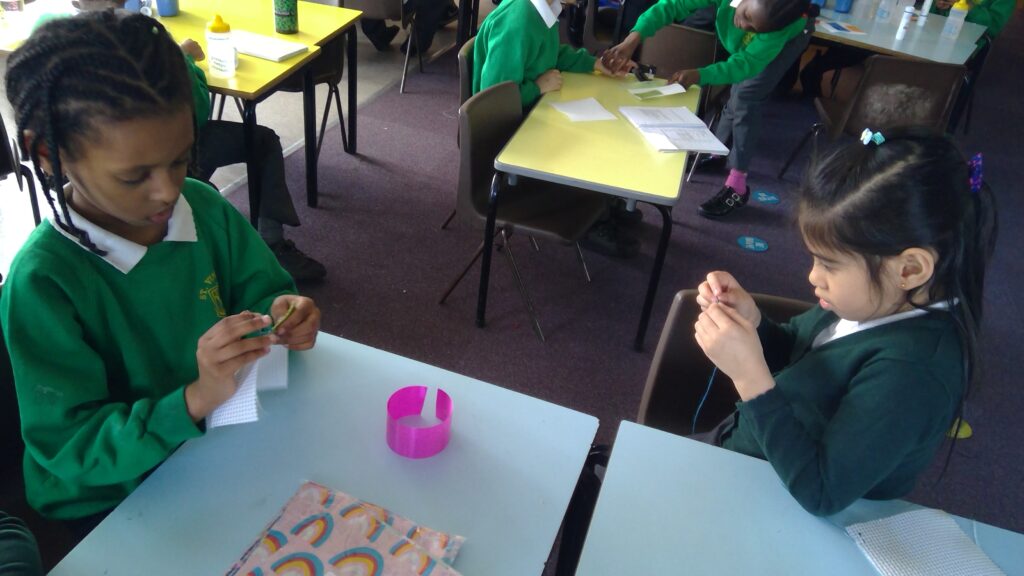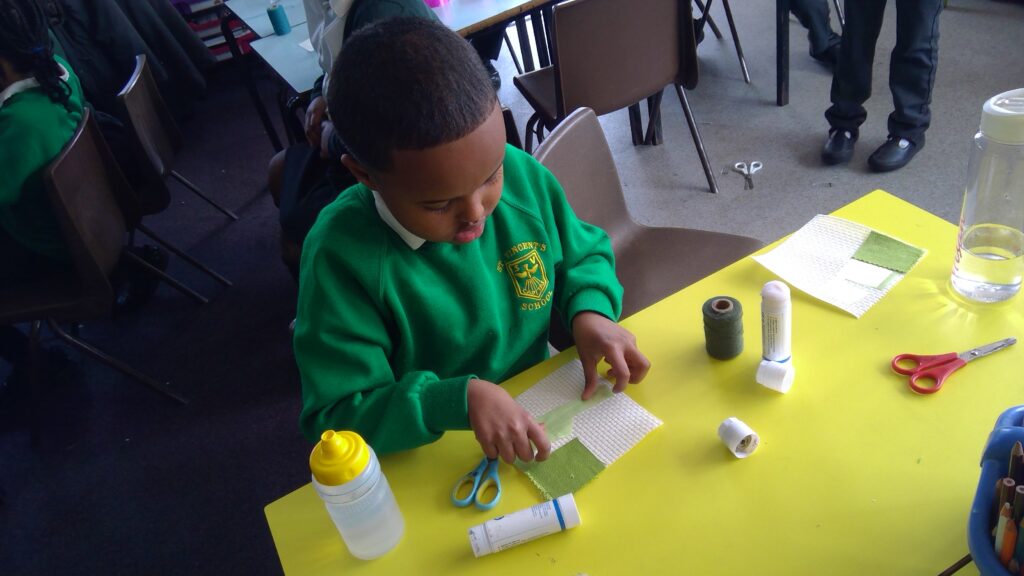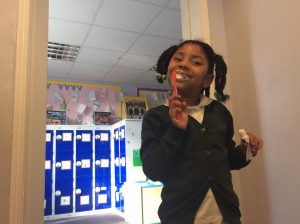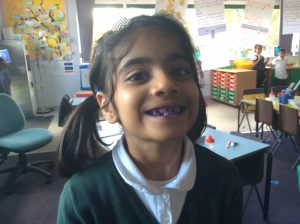This half term, Year 2 are going to be learning how to sew and make a worry toy to give to young vulnerable people. Yesterday they learnt how to attach two pieces of fabric together using staples, glue and running stitches. Although the staples and glue were the easiest, I think they learnt that they aren’t the strongest, tidiest or safest methods to use.






















































